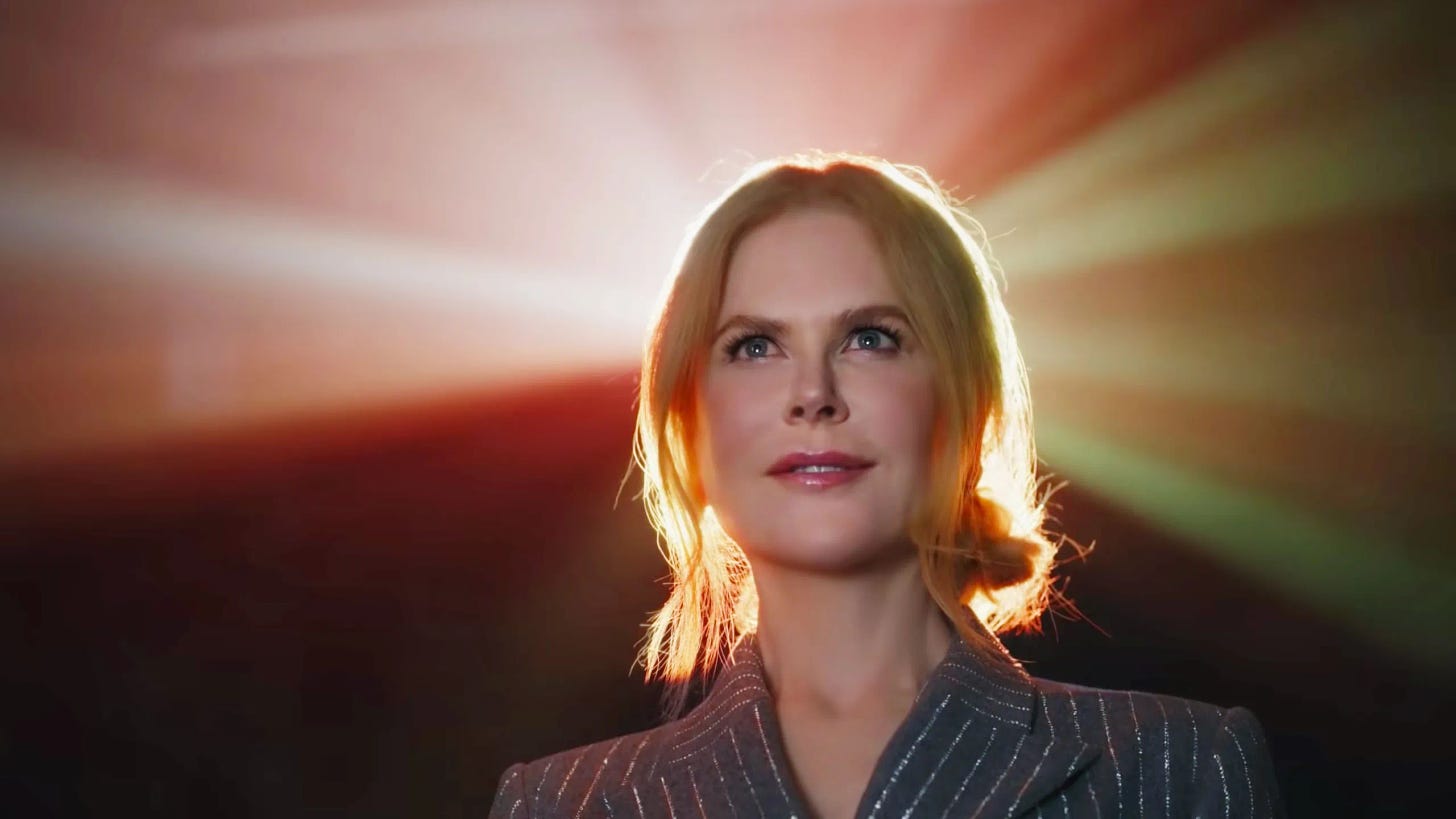On this week’s episode, I’m joined by Cinema Foundation President Jackie Brenneman to discuss the group’s new report on the state of the cinema industry. Among the many topics discussed this week are the ways in which theatrical exhibition help tamp down piracy by keeping pristine copies off the pirating sites, the success of National Cinema Day, how the ongoing domestic box office recovery is tied to increases in wide releases, and the slightly complicated way average ticket prices are calculated. (Exciting news: We now have a new average ticket price, after a couple of years of using 2019 averages! Now all the inflation scolds have new data to deploy.)
If you enjoyed the episode, please share it with a friend!
And If you would prefer to listen to the show on your favorite podcast app, you can subscribe to the show on the platforms at the links below:
Apple Podcasts | Spotify | Stitcher | YouTube | Google | Overcast | Castro | TuneIn | Pocket Casts | Pandora
















How Theatrical Exhibition Helps Stave Off Piracy